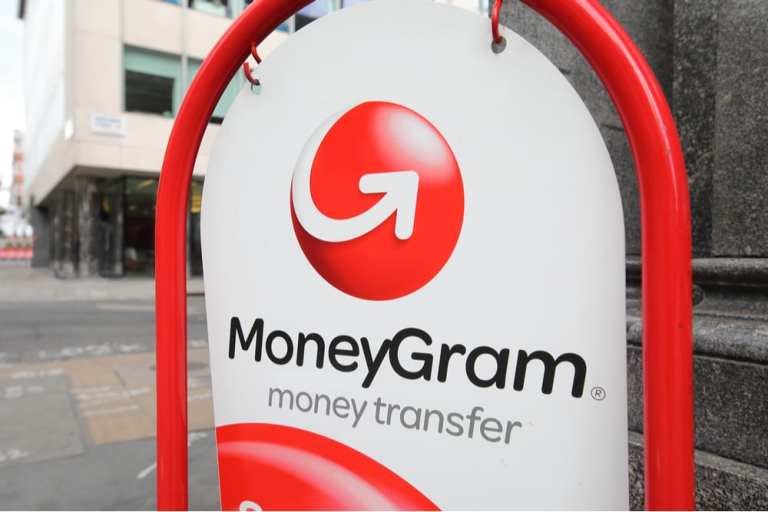MoneyGram’s Walk-In Business Hit By The Coronavirus As Digital Transactions Surge

With its walk-in business taking a large negative hit due to the coronavirus pandemic and stay-at-home orders, MoneyGram reported 57 percent digital transaction growth for the first quarter of 2020. The money transfer company said performance was driven by high client retention rates, market growth and strong demand for the company’s app.
However, Chairman and CEO Alex Holmes said on a Friday (May 1) earnings call that the company’s walk-in business saw a sudden and abrupt impact starting with many European markets around March 16 as the coronavirus spread and governments issued stay-at-home orders.
Holmes noted that the U.S. walk-in business and the rest of the globe started to see significant slowdowns days later.
Holmes said the firm was reaching year-over-year transaction declines of approximately 40 percent at the worst part of the crisis to date, “with several countries reporting declines of as much as a hundred percent as government-issued stay-at-home orders inhibited business in those markets.”
However, Holmes said the company’s digital business kept performing very well. MoneyGram Online, which he said is the biggest component of digital, provided a 60 percent transaction growth rate for the quarter and started to surge even further toward the end of March and April.
MoneyGram Online transaction growth, he said, has sped up to an 88 percent growth rate as of April 27 and some nations are experiencing “growth rates exceeding 1,000 percent with many key markets delivering growth of over 200 percent.” Digital transactions at the conclusion of the quarter comprised 18 percent of all money transfer transactions per the company.
That percentage has “grown significantly” to 28 percent in April’s first 27 days, according to the company.
All told, MoneyGram reported revenues of $290.9 million and diluted adjusted loss per common share of 5 cents compared to analyst estimates of $292.7 million and 5 cents. That disappointed Wall Street, and the company’s shares tumbled 11.45 percent to close at $1.47.